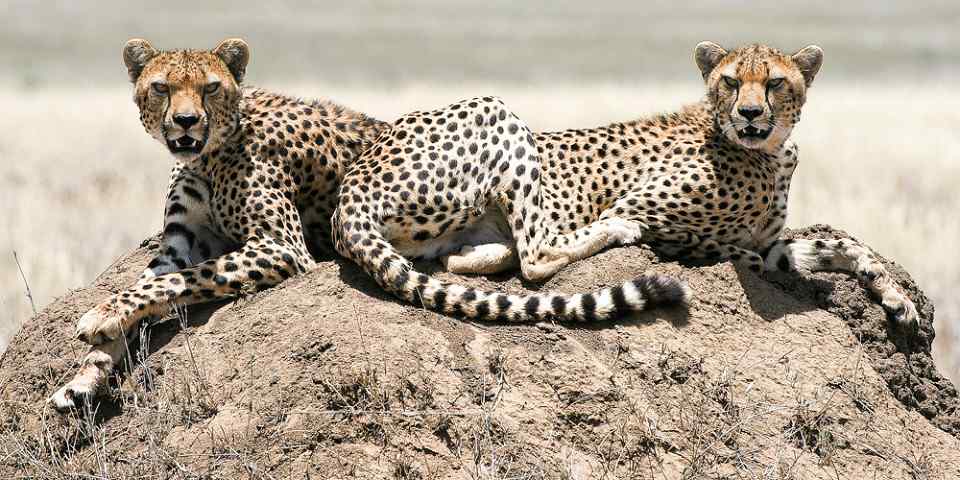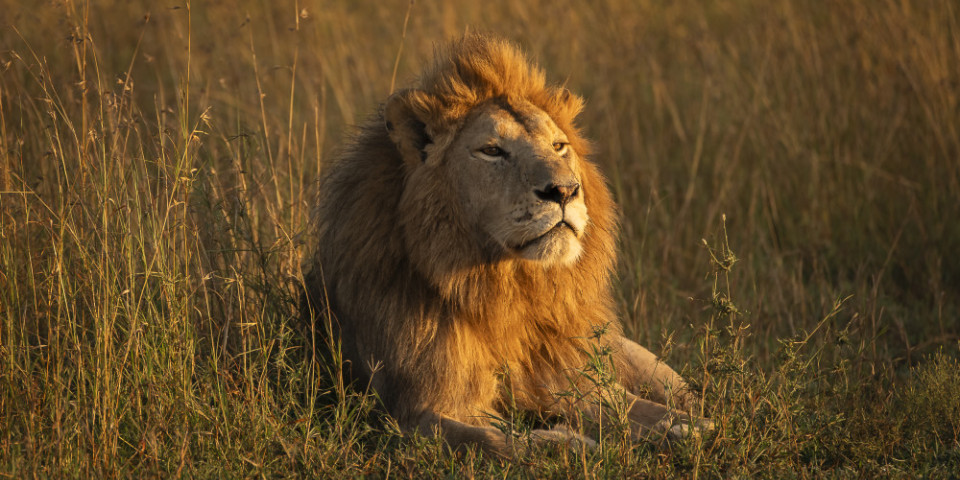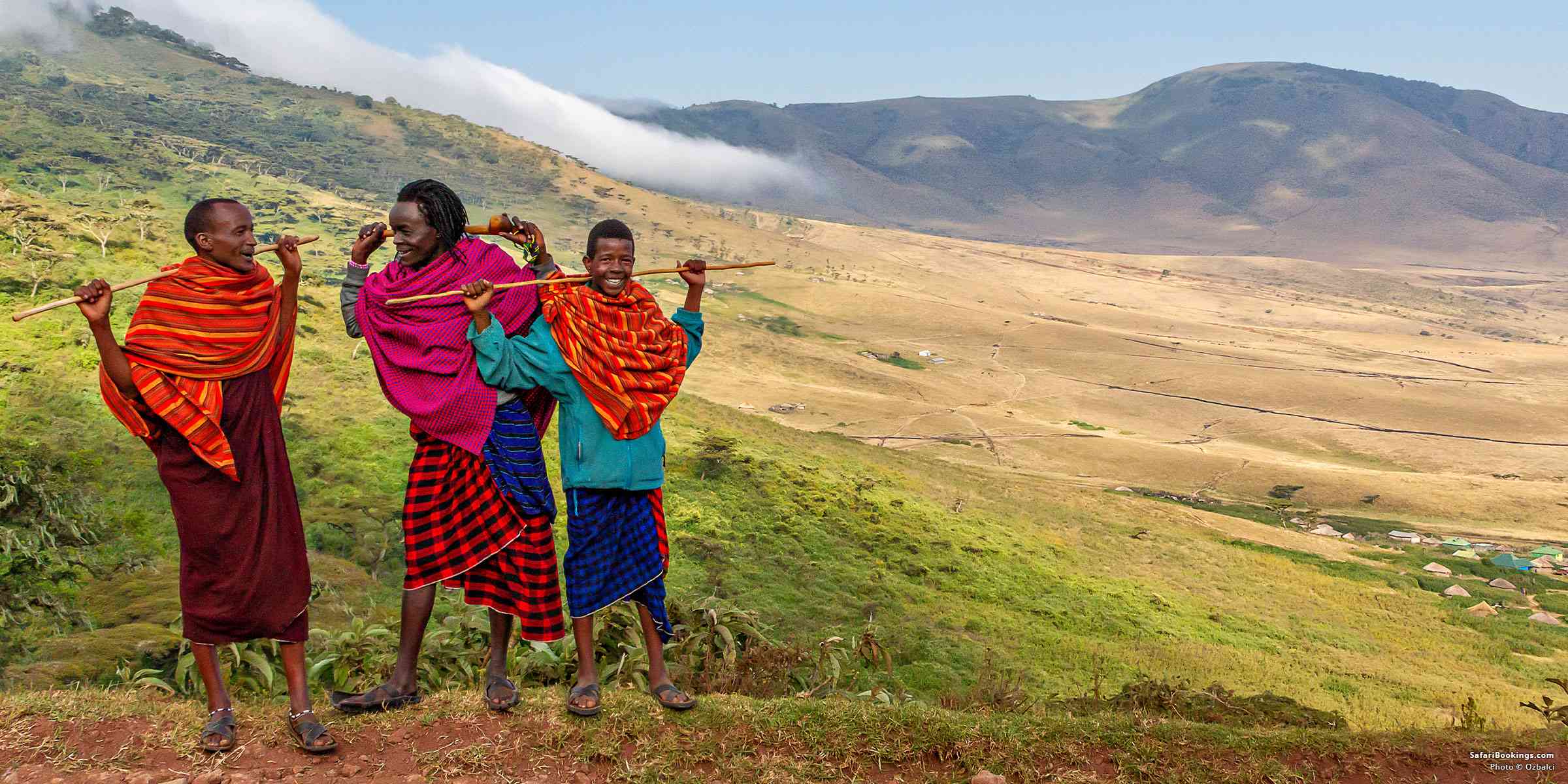
Things You Need To Know Before Visiting the Maasai
 By Anthony Ham
By Anthony Ham
Anthony is a photographer and writer for travel magazines and Lonely Planet, including the guides to Kenya and Botswana & Namibia.
The Maasai are one of the proudest nations of East Africa, a people known for their warrior past and the ongoing strength of their traditions. Although they only make up an estimated 2% of Kenya’s population, and around the same in Tanzania, they have played a prominent role in the life of both nations, first in resisting colonial rule and then as custodians of some of East Africa’s most important wildlife and tourist destinations.
Encounters with the Maasai could be a highlight of any safari that includes Kenya and/or Tanzania. Ask your safari operator what might be possible. What follows is everything you need to know to make that happen in a way that benefits both you and the Maasai people you encounter.
What To Expect When Visiting a Maasai Village
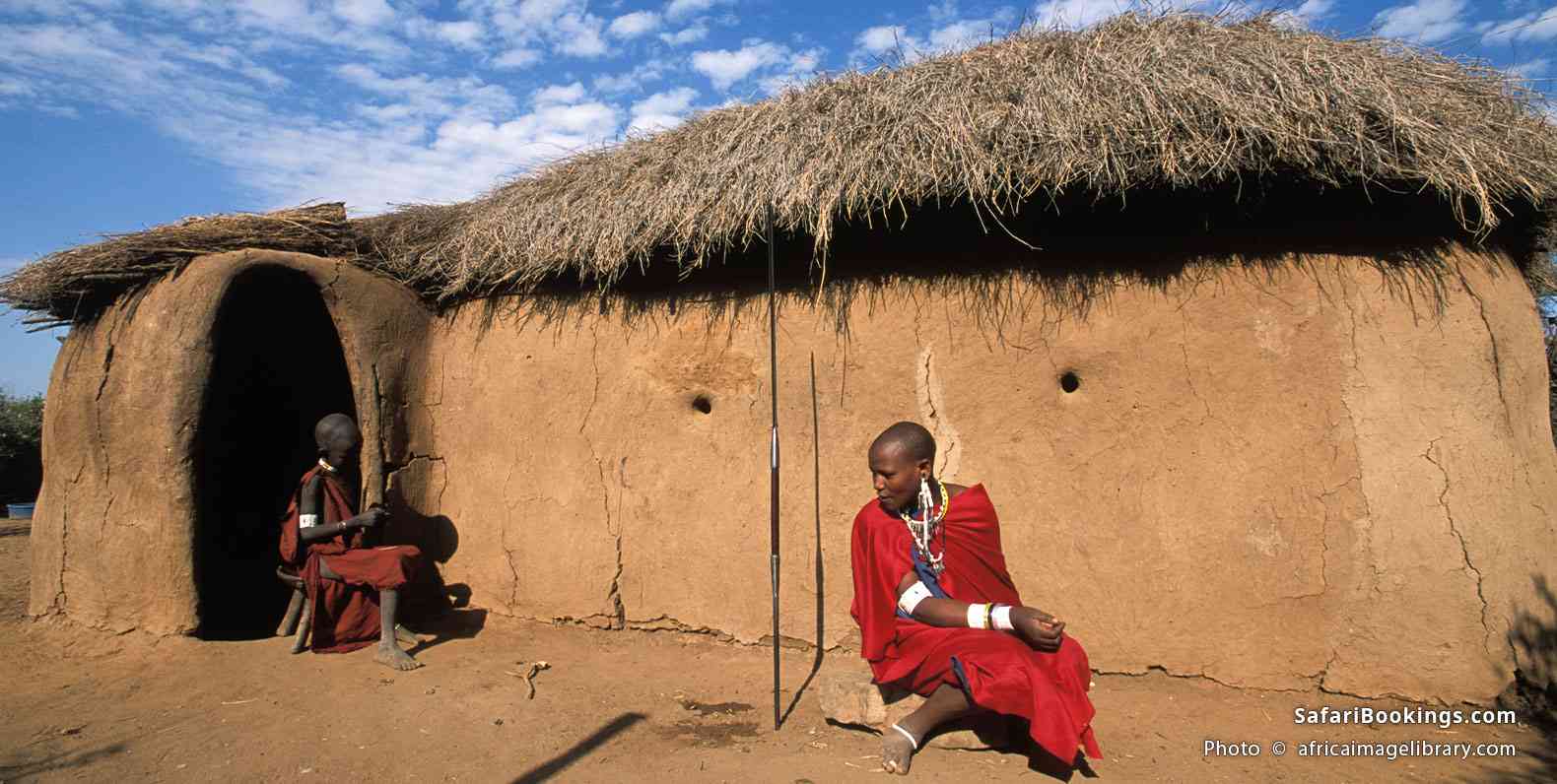
There are three kinds of Maasai village. One is a roadside ‘village’ that has been set up to introduce passing tourists to Maasai culture and traditional life. Some of these are excellent, replicating both the architecture of a genuine Maasai village and with cultural performances that illustrate some aspects of Maasai traditional life. Others are tourist traps that bear little resemblance to Maasai tradition and where the main purpose is to extract money. Make sure that your tour operator is taking you to the former.
A second form of Maasai village is a modern village where the majority of people are Maasai. These are found in the areas around Amboseli National Park and the Masai Mara National Reserve, and many offer homestays with Maasai families. While these are not traditional Maasai villages, some are excellent and offer a wonderful (and thoroughly authentic) window on modern and traditional Maasai life.
The third kind of Maasai village is the traditional manyatta. These are fenced, roughly circular enclosures out on Maasai grazing lands, which are always outside the national parks and reserves (but they may lie within the conservancies in the Amboseli and Masai Mara areas). The central open area is for cattle to stay at night to protect them from predators, with basic rooms around the perimeter where the Maasai sleep. The cattle are let out to graze early each morning, and they often roam far from the manyatta, before being corralled back inside at night. This is the most traditional form of a Maasai village.
What Is the Best Way To Visit a Maasai Village?
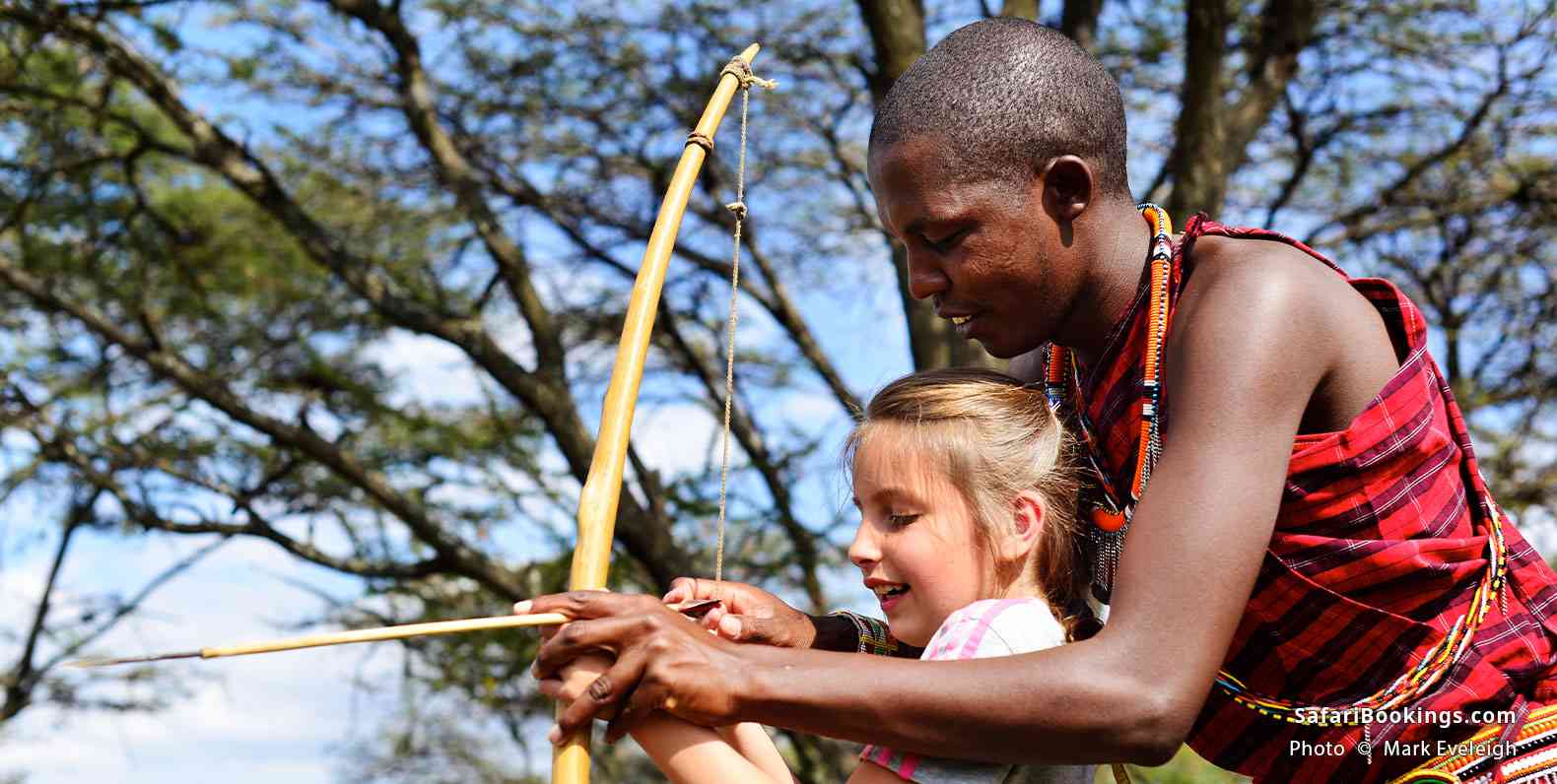
You should try and spend as long as you can in the village: a flying visit that lasts long enough to take some photos and leave is unlikely to make either party feel as though they’ve had a genuine or meaningful encounter. Take the time to sit down and talk with your Maasai hosts, and don’t take out your camera immediately. Always ask permission before taking photos. The best encounters are those where neither party feels as though they have to perform, and where both parties learn something about each other. Above all, treat your hosts with respect, do a little research before you visit, ask questions and always listen to the answer.
When Is the Best Time To Visit the Maasai?
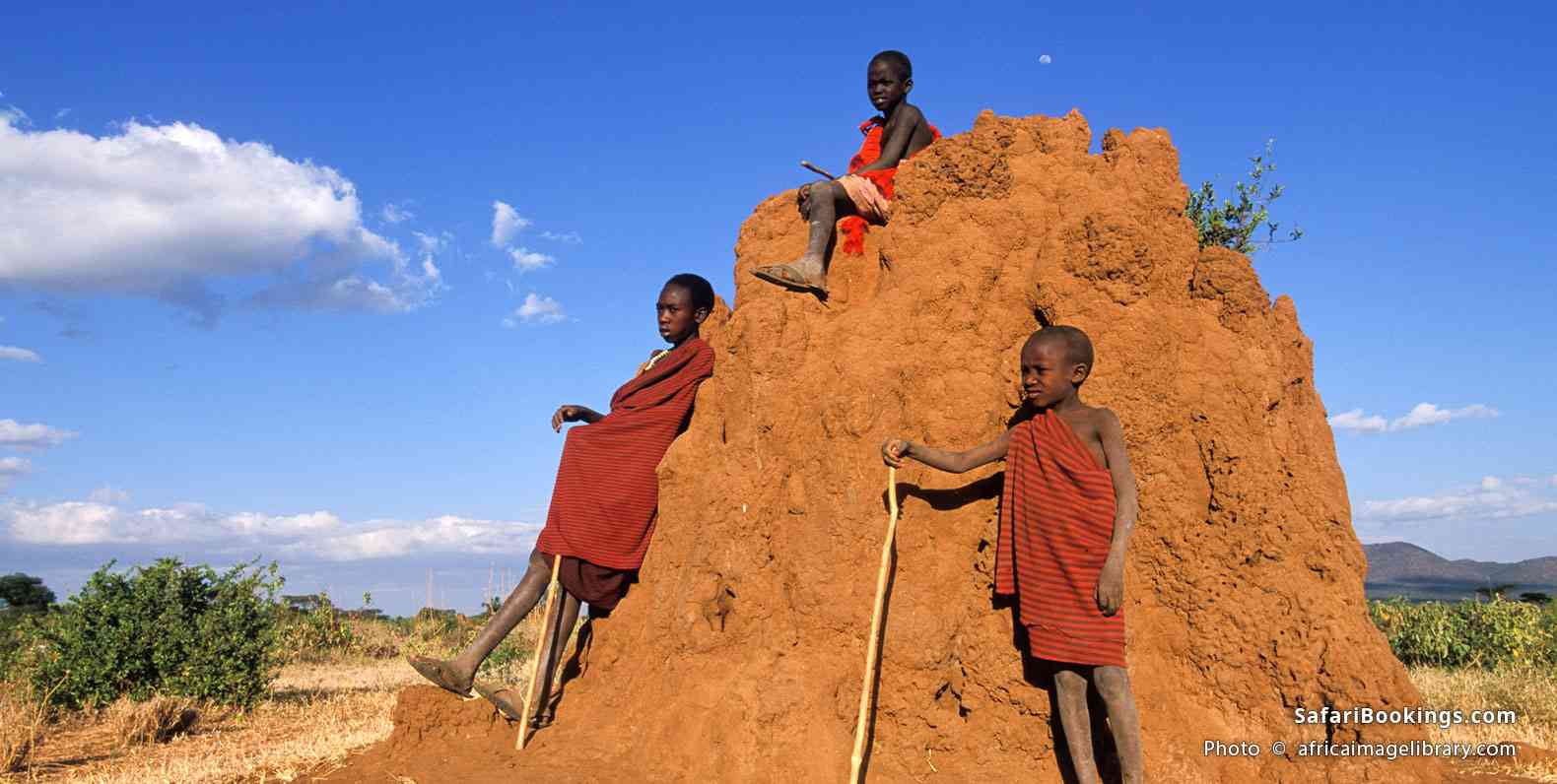
The best time to visit a Maasai village is during the Dry season, which, in Maasailand, runs from June to October. During the Wet season, it can be difficult to get off-road to where the manyattas are located, and conditions are generally more difficult after rain. If you are able to visit a manyatta, they can be quite empty during the day as the cattle graze and the community goes about its business of herding, gathering water and so on. Manyattas are best visited in the early morning and late afternoon when they’re busy community hubs.
A History of the Maasai People
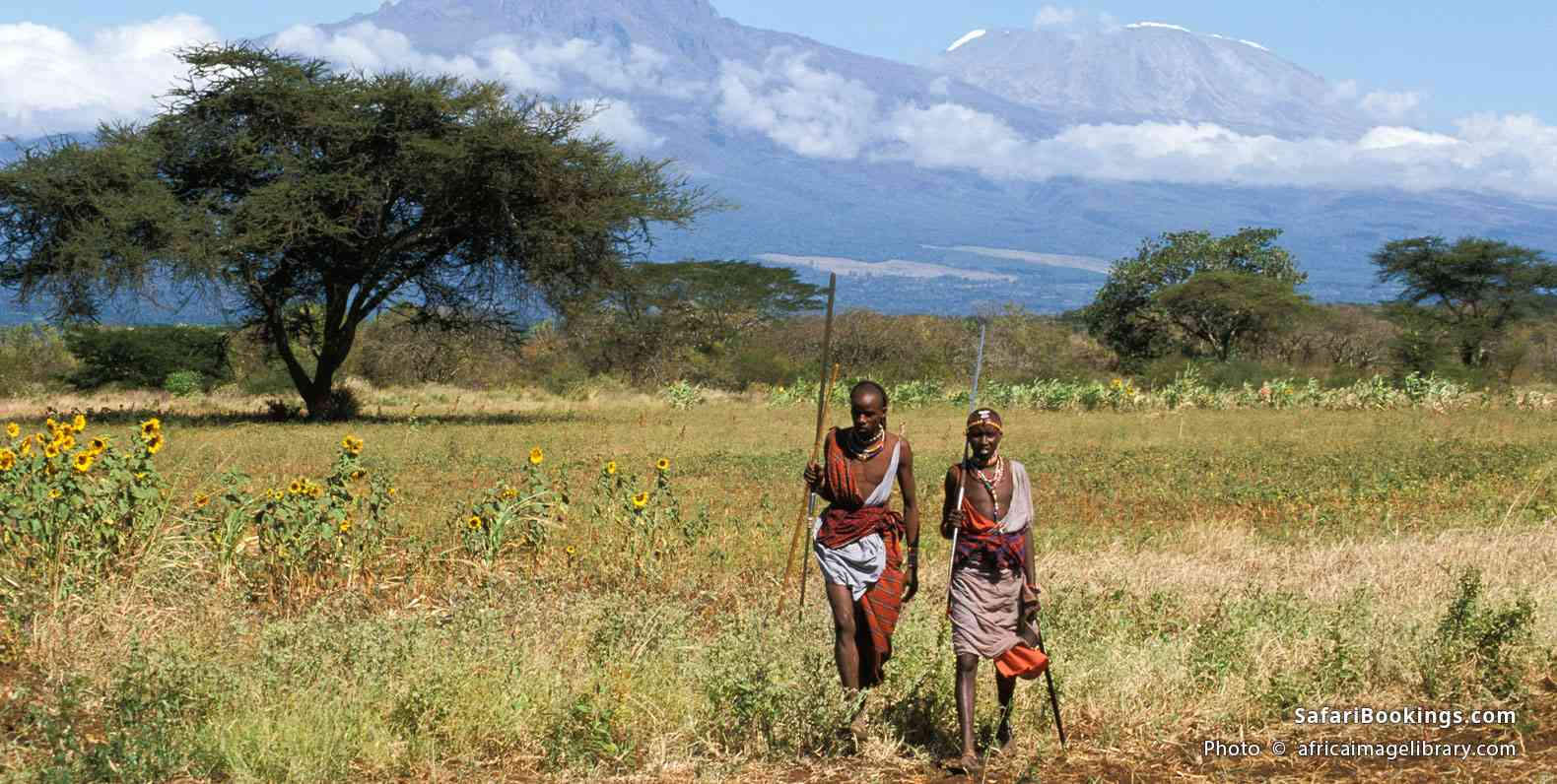
The Maasai have their origins in Kenya’s arid north, probably in the area around Lake Turkana and then Laikipia. From the 15th century onwards, they swept down through the Great Rift Valley in search of better grazing land for their cattle. By the 17th and 18th centuries, the Maasai had established themselves in what we now know as southern Kenya and northern Tanzania.
In the late 19th century, they resisted the encroachment of British soldiers and settlers. But devastating epidemics of smallpox and cattle-borne diseases weakened their ability to maintain control over their land. In the middle of the 20th century, the colonial authorities in both Kenya and Tanzania began to establish national parks, forcing many Maasai communities from their lands. These parks included Amboseli National Park and the Masai Mara National Reserve. It was only later in the 20th century that the Maasai regained access to many of their traditional lands, and took on an active role in safari tourism.
Where Do the Maasai Live Today?
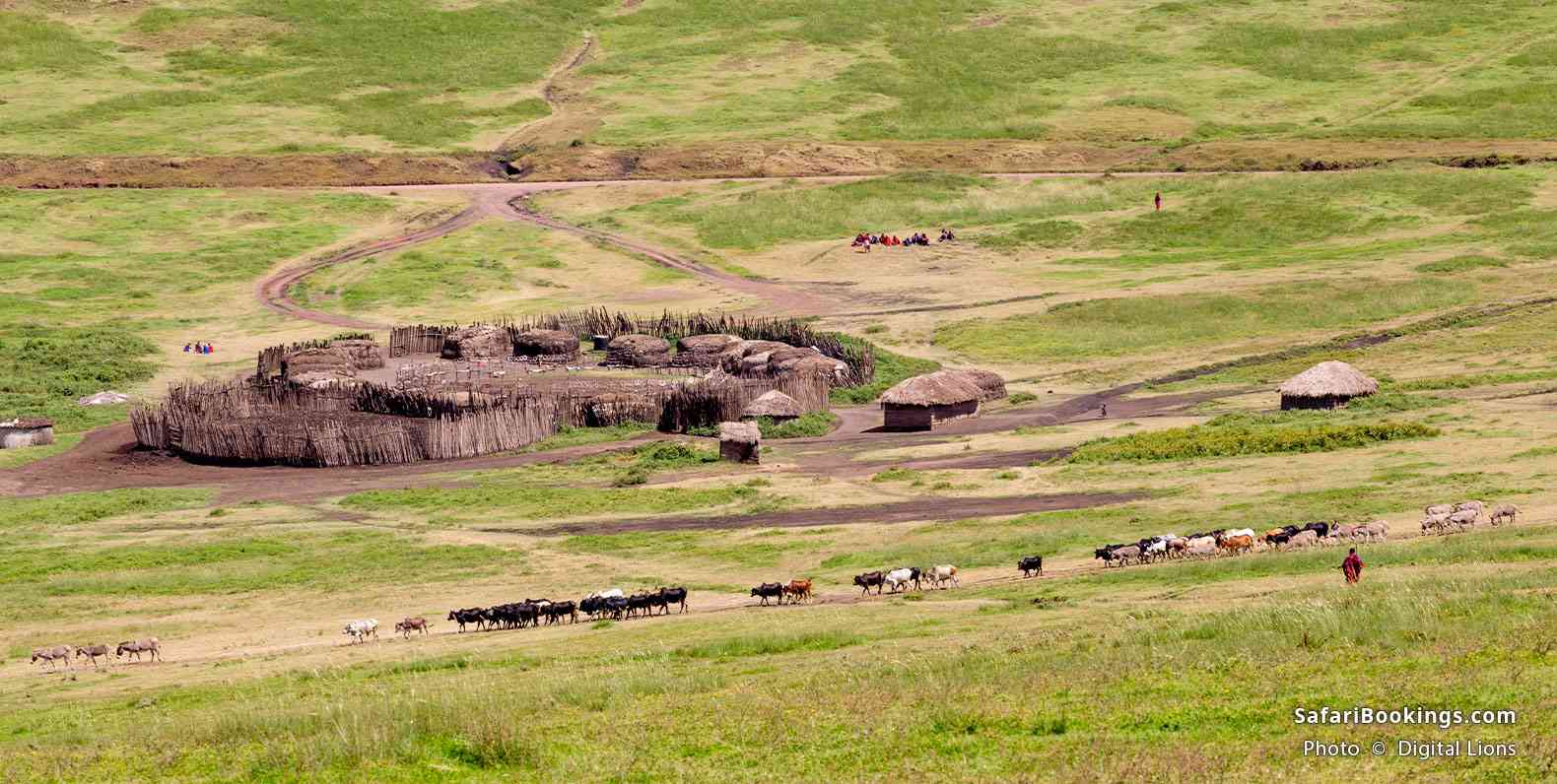
The Maasai inhabit what is known as Maasailand, a region that extends across southern Kenya and northern Tanzania. In Kenya, the Maasai homeland takes in the Chyulu Hills, Amboseli, Lake Magadi and west to the Masai Mara National Reserve and the Maasai-run community conservancies that surround it. In Tanzania, the traditional Maasai realm extends from the eastern Serengeti and Ngorongoro, across the Crater Highlands through Lake Manyara and Tarangire to the foothills of Mt Kilimanjaro.
Maasai Culture & Traditions
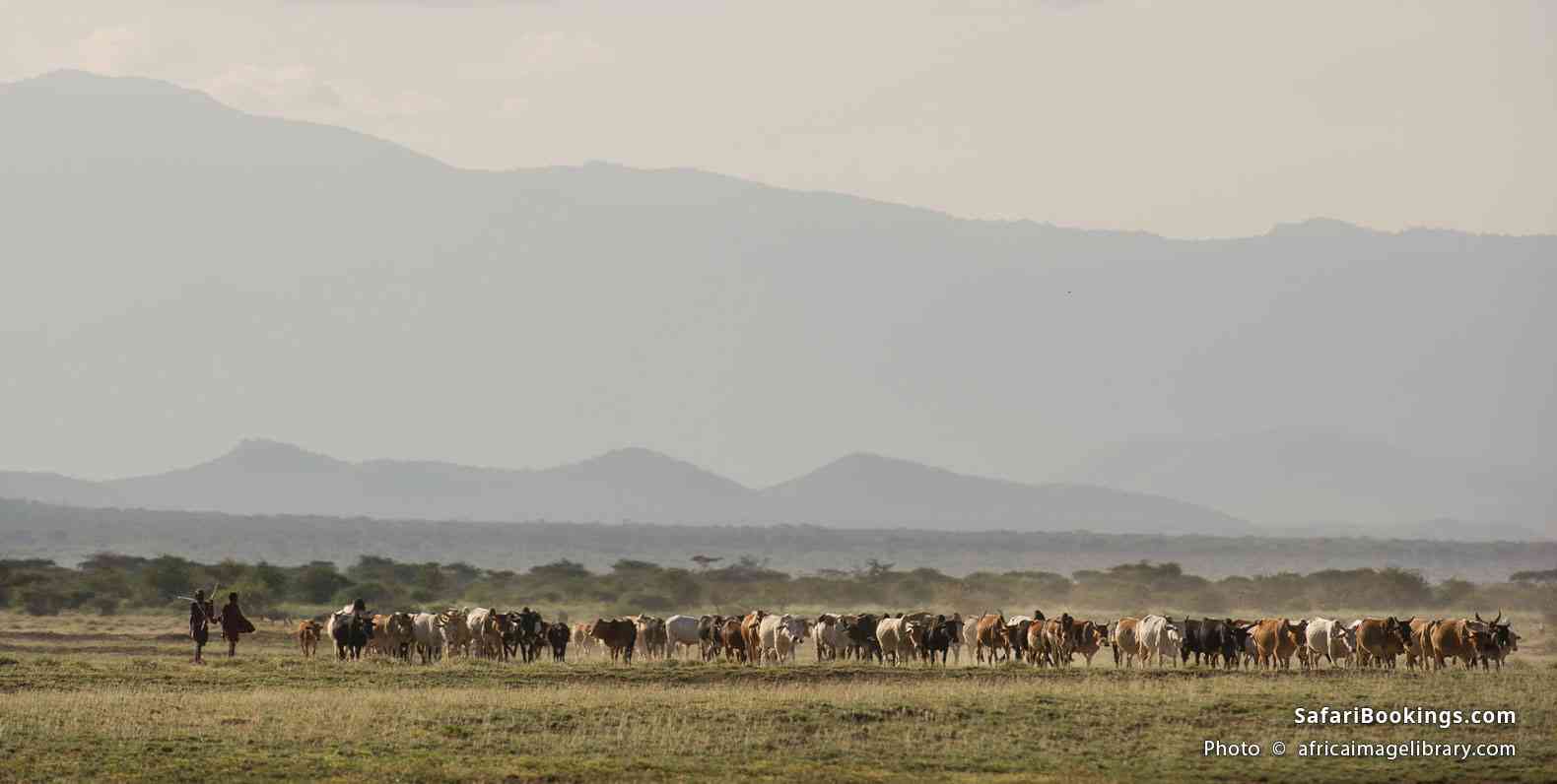
Traditionally, a young Maasai man had to kill a wild lion using a spear in order to gain the respect of his peers and demonstrate his readiness to become a warrior. Although this tradition continues in some areas, falling lion numbers and a ban in Kenya on all forms of hunting have significantly reduced this practice.
The Maasai have traditionally had (and, in many cases, still have) a strict social structure. Maasai women are very often restricted to roles as wives and mothers, but are considered bastions of strength and stability within their communities. This is slowly changing, especially with young women becoming more involved in tourism. Elders occupy positions of great respect in Maasai communities. Cattle are the foundation of Maasai life, and the wealth and status of a Maasai family is most often calculated based on the number of cattle owned. A traditional Maasai meal consists of blood and meat.
Maasai Clothing
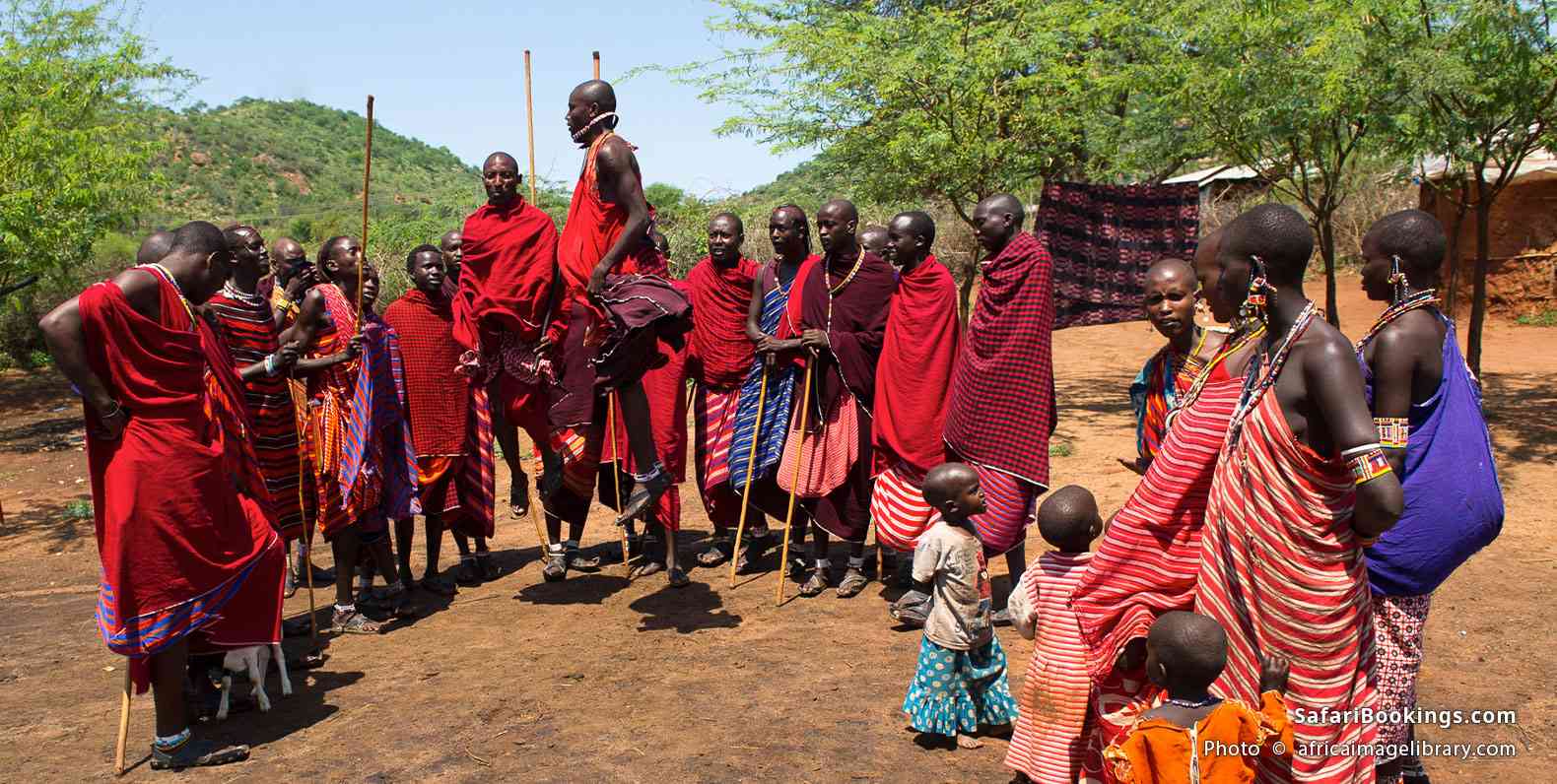
The Maasai remain one of the most traditional of all East Africa’s peoples. While those Maasai who have migrated to the city usually wear non-traditional clothing, men who still lead traditional lives are almost universally draped in the blood-red-checked shuka (cotton blanket). They also often wear beaded bracelets and other adornments. Many Maasai women also wear a version of the shuka, as well as circular, plate-like necklaces made of beads.
Want To Visit a Maasai Village?
Click on the button below to compare Maasai village tours offered by top-rated tour operators.
 By Anthony Ham
By Anthony Ham
Anthony is a photographer and writer for travel magazines and Lonely Planet, including the guides to Kenya and Botswana & Namibia.
More About This AuthorAfrican Safari Tours
-
![5-Day Roaring Kenya - Mid-Range]()
5-Day Roaring Kenya - Mid-Range
$1,820 to $2,360 pp (USD)
Kenya: Private tour
Mid-range Lodge & Tented CampYou Visit: Nairobi (Start), Masai Mara NR, Lake Nakuru NP, Amboseli NP, Nairobi (End)

Spirit of Kenya
5.0/5 – 625 Reviews
-
![8-Day Mid-Range Serengeti Migration Safari]()
8-Day Mid-Range Serengeti Migration Safari
$3,045 to $3,340 pp (USD)
Tanzania: Private tour
Mid-range Lodge & Tented CampYou Visit: Arusha (Start), Lake Manyara NP, Serengeti NP, Ngorongoro Highlands, Ngorongoro Crater, Tarangire NP, Arusha (End)

Lion King Adventures
5.0/5 – 1,313 Reviews
-

8-Day Tarangire, Manyara, Ngorongoro & Serengeti Safari
$3,353 to $3,715 pp (USD)
Tanzania: Private tourLuxuryLodge & Tented Camp
You Visit: Arusha (Start), Tarangire NP, Lake Manyara NP, Ngorongoro Crater, Serengeti NP, Arusha (End)

Altezza Travel
5.0/5 – 84 Reviews



 Subscribe to our newsletter
Subscribe to our newsletter
 Follow us on Instagram
Follow us on Instagram


